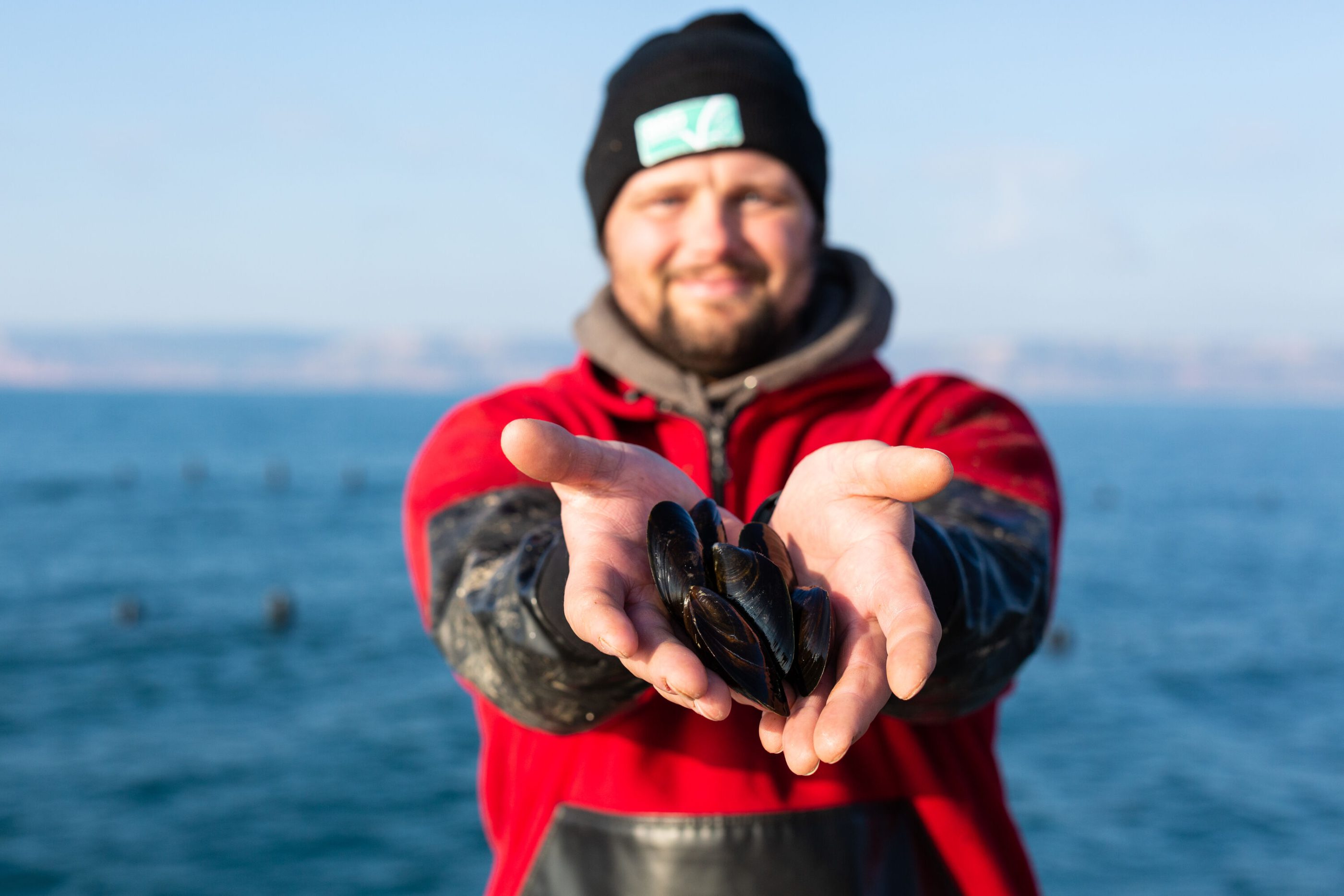Learn more about pangasius


Pangasius is a freshwater catfish from South East Asia. It can typically be found in lakes and rivers in Thailand, Viet Nam, Laos and Cambodia. It’s certainly a fish of many names! It’s also known as panga fish or pangas, and in North America and Australia as basa fish, bocourti or swai. In the UK it’s also sometimes called cobbler or river cobbler.
Pangasianodon hypophthalmus
Vietnam, Thailand, Laos, Cambodia
Lakes & rivers
150cm 44kg
How to eat pangasius
What is a pangasius fillet?
Pangasius is sold fresh and frozen, mainly as fillets or steaks. Pangasius fillets are pieces of pangasius with all bones and skin removed. Pangasius steaks are thick pieces of fish with a bone in the centre and skin around the outside, which don’t need to be removed for cooking.
Can you cook pangasius from frozen?
If you haven’t had time to thaw your frozen pangasius, you can cook panga fillets and steak from frozen. Just rinse the fish, pat dry and add any seasoning or glazes you prefer (e.g. salt & pepper, lemon, parsley), then slide into an oven preheated to 200C / 400F. Cook frozen fillets for 8 – 10 minutes and frozen steaks for 15 – 20 minutes, or until the thickest part of the flesh starts turning from translucent to opaque. You can use the same method to cook fresh or thawed pangasius in the oven – just keep an eye on your fish, as the cooking time will be shorter.


How nutritious is pangasius?
How many calories in pangasius?
Pangasius is a nutritious choice, with a nutritional profile comparable to sea bream or sea bass. It has about 75 calories per 100g.
Is pangasius healthy?
Panga fish is a white fish which is low in fat and carbohydrates. It contains many vitamins and micronutrients which are important for a balanced diet. Many experts recommend eating two portions of fish a week, incuding one portion of non-oily white fish like pangasius.
Does Pangasius contain Omega 3?
Because pangasius is naturally low in fat, it is also low in Omega 3, which is a fatty acid. This is also true for other low-fat seafood options like sea bream or shrimp. If you are looking for fish high in Omega 3, oily fish like salmon and trout are good options.
Is pangasius a good fish to eat?
Yes, ASC-certified pangasius is a good choice. The species has made headlines in the past for being an inferior fish, or containing contaminants. The industry has moved away from many questionable practices, and further laws and regulations ensure that pangasius is safe to eat. Additionally, ASC-labelled panga comes from farms that meet especially strict rules and regulations.
Read more about the ASC pangasius standard here >
Is pangasius climate friendly?
How is pangasius farmed?
Pangasius is farmed in cages in lakes and rivers, or in ponds near natural water sources. It is mostly farmed in the Mekong Delta in Viet Nam, but farms also exist in Thailand, Nepal, Pakistan, India, Bangladesh, Laos, Myanmar, Indonesia and Cambodia, where pangasius thrives thanks to similar climate and water temperatures.
Is pangasius farming bad for the environment?
Pangasius grows quickly and doesn’t require much feed, which reduces the impact of farming.
There have been concerns about pollution caused by panga farms and diseases passed from farmed fish to wild populations. ASC certified farms are bound by strict regulations to ensure that they operate in a sustainable and responsible manner. This makes ASC-labelled pangasius a climate friendly choice.
The ASC pangasius standard has strict rules regarding:
 Environmental issues
Environmental issues
ASC certified pangasius farms must follow strict rules to minimise impacts on the local ecosystem and protect biodiversity.
 Fish welfare and wellbeing
Fish welfare and wellbeing
ASC certified pangasius farms must adhere to rigorous requirements to minimise disease outbreaks. A health plan must be developed and implemented under supervision of an aquatic animal health specialist.
 Social responsibility
Social responsibility
All ASC certified farms are safe and equitable working environments where employees earn a decent wage and have regulated working hours. All forms of child labour and forced labour are prohibited.
Read more about the ASC pangasius standard here >
More about Pangasius
Is pangasius catfish?
Pangasius is a type of catfish. In the UK, it may be labelled as catfish, e.g. “panga catfish” or “basa catfish”. In the US, pangasius is not allowed to be labelled as catfish, even though it is one, because of the so-called Catfish War, a trade dispute between US and Vietnamese catfish farmers, which led to a ruling about labeling by the FDA.
The US producers lobbied heavily against panga, calling it an inferior product, even though researchers from Mississippi State University found out that pangasius was preferred to US catfish in a small blind taste test.
Is pangasius kosher? Is pangasius halal?
Like most other catfish, pangasius does not have scales. Fish must have fins and scales to be kosher, and scales to be halal, so pangasius is not kosher according the Jewish dietary law kashrut and not halal according to the Islamic dietary laws of Jafari Shia Islam. See more here >

Learn about seafood farming
How are mussels farmed, does farmed salmon have Omega 3, and what are the environmental impacts of seafood farming? Explore seafood farming topics.

Why choose ASC?
Seafood lovers choose ASC labelled seafood because it’s good for you and good for the planet.

What’s for dinner?
Browse our collection of delicious recipes featuring ASC labelled seafood.




 Environmental issues
Environmental issues  Fish welfare and wellbeing
Fish welfare and wellbeing  Social responsibility
Social responsibility